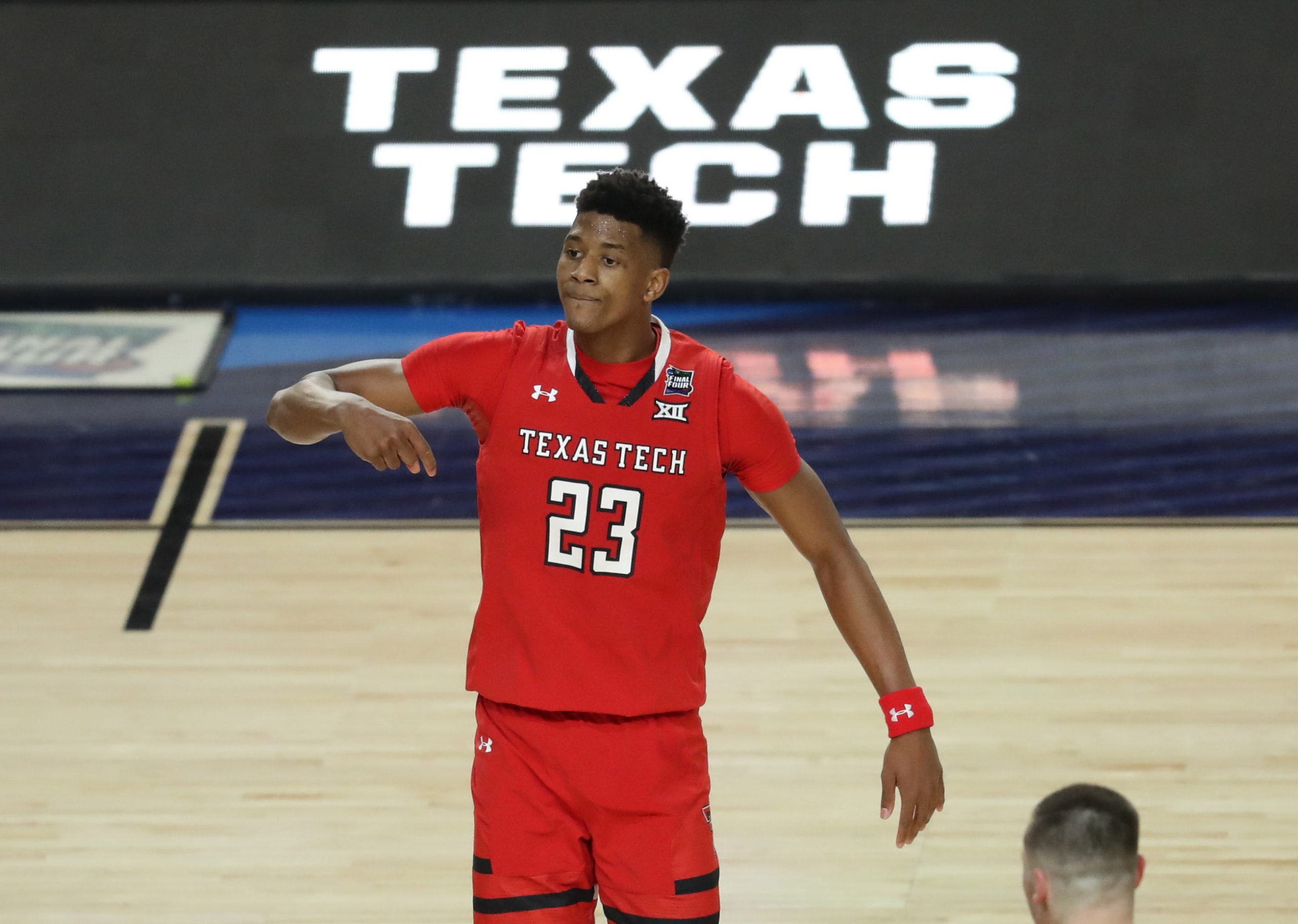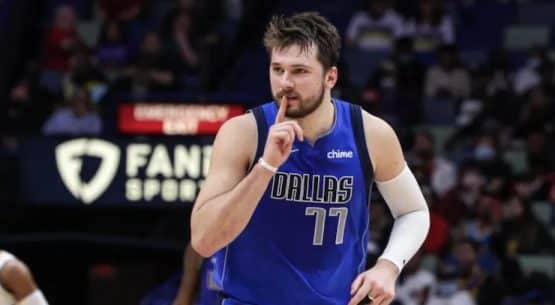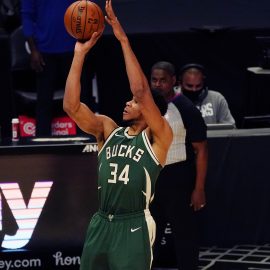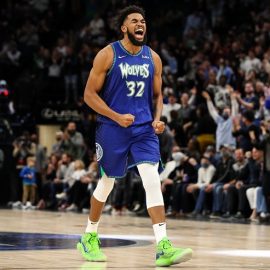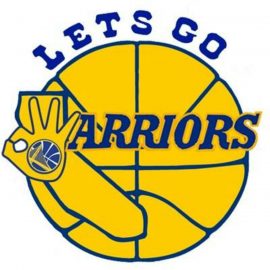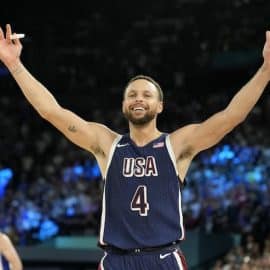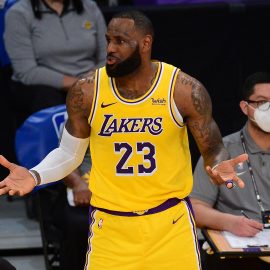Next up in this series of 2019 NBA Draft Player Profiles is Texas Tech guard, Jarrett Culver. During his two seasons at Texas Tech, Culver went through different stretches of ups and downs, capped off by a second place finish in the 2019 NCAA Men’s Basketball Tournament. As the leader of the Red Raiders this season, Culver averaged 18.5 points, 6.4 rebounds, and 3.7 assists per game. Compared to his freshman year, Culver saw his usage rate jump 10 percentage points from 22.1% to 32.2%. This spike in percentage allowed him to command the offense, but it came with a lower three-point percentage. In his freshman season, Culver shot 38.2% from three. This season, that percentage lowered to just 30.4%. However, with his defensive skills and willingness to fire from deep (29.2% of his shots were from three), Culver has the potential to turn into a versatile player in the NBA.
Strengths
- Size and length. Culver matches up to be a great fit in a modern NBA defense. His size and length will allow him to play the two or three in the NBA, and if he adds more weight, he can even slide to some small-ball four. Specifically on the defensive side, Culver is very switchable. Teams can start him on a two or three, and he can switch onto a one or four with little problems. This kind of switchability is crucial, but hard to find in today’s NBA.
- Great hesitation to finish at the rim. Culver possess a unique ability to cut through a defense and shift his shot at the rim to get around shot blocking centers. This finishing ability helped Culver shoot over 52% on two-point shots this season.
- Playmaking ability. Culver is not just a force in the paint on the offensive end, he loves to get his teammates involved. As a projected two or three in the NBA, Culver averaged 4.6 assists per 40 minutes with the Red Raiders this season. Those numbers can get even better as he makes quicker reads if an NBA team asks him to orchestrate their offense.
- Great arc on his jump shot.
- His weaknesses can be fixed by NBA coaches. Overall, his deficiencies in his shot (ball dip, narrow base, and close feet) can be worked on in the gym. After shooting over 38% from three in his freshman year, we know that he can knock down shots, he just needs NBA coaching to smoothen his mechanics, which may take time.
Concerns
- Not a very quick first step. Culver has to rely on his strength, length, and hesitation moves to get into the paint against more athletic defenders.
- His shooting form is not ideal. Culver brings the ball way down on the left side of his body and has a long release. Additionally, his feet are really close together before the release, and not necessarily pointed straight at the rim.
- Lacks a second move. Culver lived off of physicality and his hesitation move in the college game. As I said before, his lack of a quick first step made it hard for him to get past NBA caliber defenders. As a result of this, Culver took a lot of contested shots after not being able to get to his spot on the floor. To take his offensive game to the next level, Culver will need to improve his ball handling and his trust in going to combo moves that he did not use in college.
- Not an overly explosive athlete. Jarrett Culver is not going to make a living jumping out of the gym. This is why it will be important for Culver to develop a second move in the NBA other than his hesitation, because he will need to rely on it.
Pro Comp
- Andre Iguodala
Physical
- 6’6”
- 195 Pounds
- 6’10” Wingspan
- Jonathan Simmons/Garrett Temple Physical Comparison with strength upside
VIDEOS YOU MUST SEE
1. Changes shot motion at the rim
This is a perfect example of what I am talking about when I say Culver can change his shot motion in the air. After attacking a bigger, slower defender off the dribble, Culver rises at the rim and then re-directs his motion under the shot blocker at the rim. While watching film, this was a very common tactic for Culver’s finishes in college, and it should continue to be effective in the NBA.
2. Playmaking ability out of the pick-and-roll
Another great find by Culver out of the pick-and-roll. These are the types of plays that make me think Culver can be a primary ball handler and orchestrate the offense at the next level.
3. Turns defense into offense
At one end, Culver uses his strength and quick hands to maul the opposing player and take the ball away. Then, at the other end, Culver overpowers the defender with a spin move and finish at the rim.
Check out all of ProCity Hoops’ Player Profiles: Zion Williamson, Ja Morant, RJ Barrett, and Darius Garland.
Add The Sports Daily to your Google News Feed!
